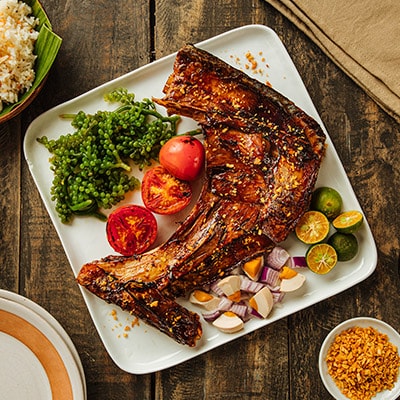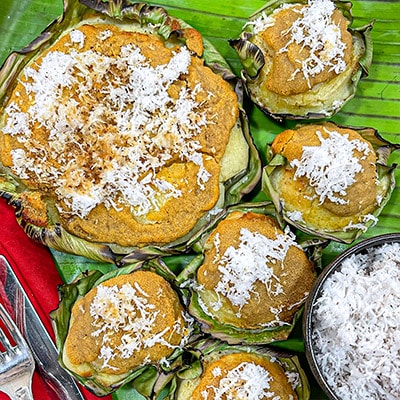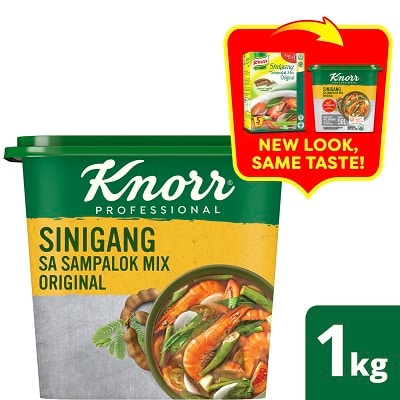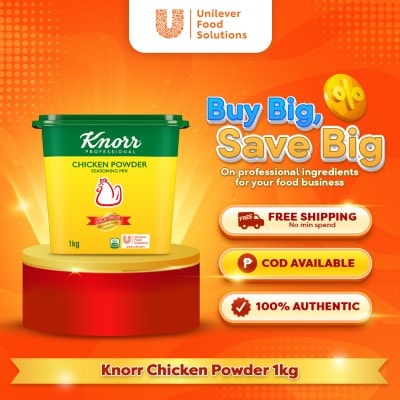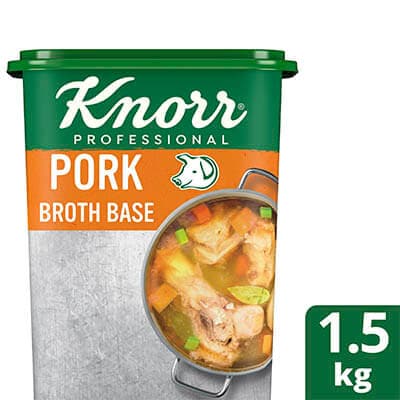Do you want to expand your menu with Filipino food beyond the usual crowd favorites? Serve Cebu food, a vibrant mix of traditional dishes with deep roots and strong diner appeal. Most menus still overlook these regional specialties, but they hold massive potential to surprise customers and set your offerings apart. From lechon to puso rice and other famous food in Cebu, these dishes are known for their bold flavors and lasting appeal.
When you feature Cebu food delicacies, you tap into the growing demand for authentic, regional options while giving diners flavors they already recognize. Whether you focus on dine-in, takeout, or catering, these famous food[1] [2] s in Cebu help you add variety and create new sales opportunities for your business. Highlighting the best food in Cebu on your menu not only attracts food enthusiasts but also positions your offerings as a must-try culinary experience.
1. Lechon Cebu
The undisputed king of Cebu food delicacies, lechon Cebu stands out for its crispy skin, juicy meat, and stuffing of lemongrass and native spices. Unlike other lechon, it’s so flavorful it doesn’t need sauce. It’s the instant star of dine-in menus, party trays, and catering offers.
2. Sinugba
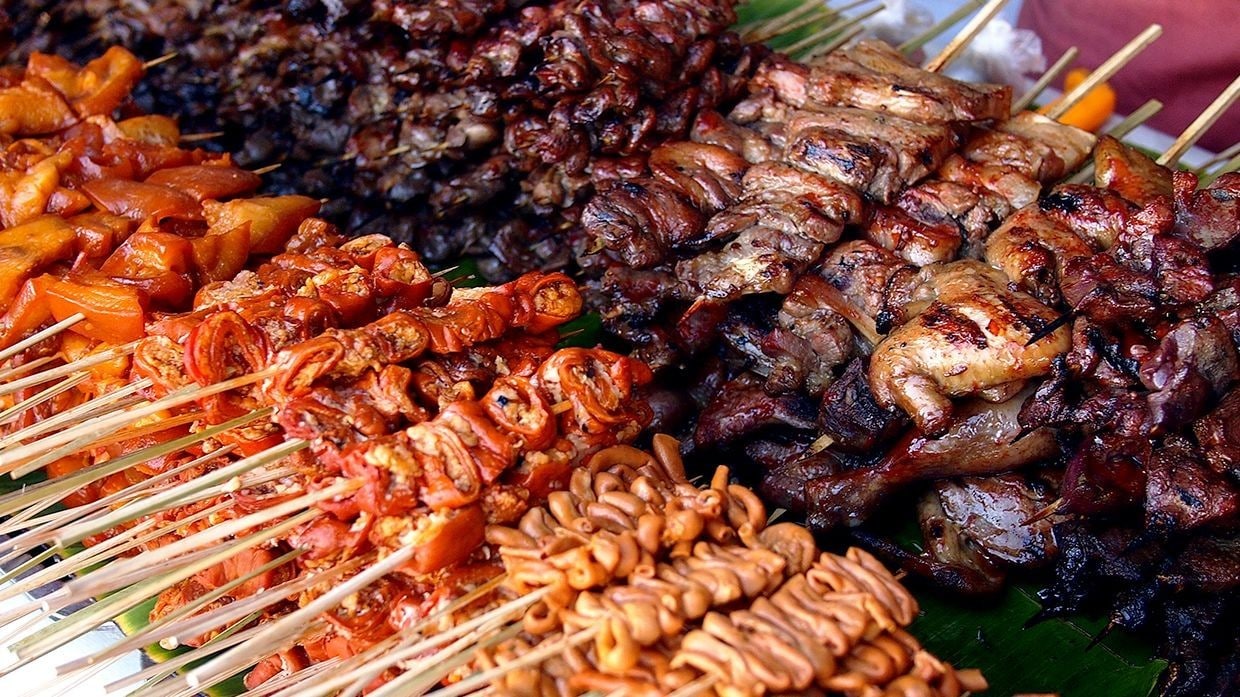
Sinugba refers to Cebuano-style grilled dishes like pork belly, chicken, squid, or bangus. These smoky, no-frills favorites rank high among the famous food in Cebu for their simplicity and satisfying flavors. Take cues from local carinderias and bundle them in combo plates.
3. Sutukil
Sutukil delivers variety and bold seafood flavors in one order. Short for sugba (grilled), tula (soup), and kilaw (ceviche), it highlights the best of Philippine coastal cooking. Perfect for groups and families craving shared, no-fuss meals!
4. Cebu-Style Steamed Rice
This not-so-ordinary rice is one of the best food in Cebu! The dish is packed with savory, garlicky pork and shrimp sauce, poured over rice and steamed in metal cups. It gained popularity in Cebu’s Chinese eateries and has since become a go-to for late-night diners.
5. Humba
Humba is a sweet-salty pork belly stew simmered with soy sauce, brown sugar, fermented black beans, garlic, and banana blossoms. This Visayan classic is similar to adobo but with a richer, more caramelized profile. It’s ideal for meal sets, party trays, or frozen food packs.
6. Puso
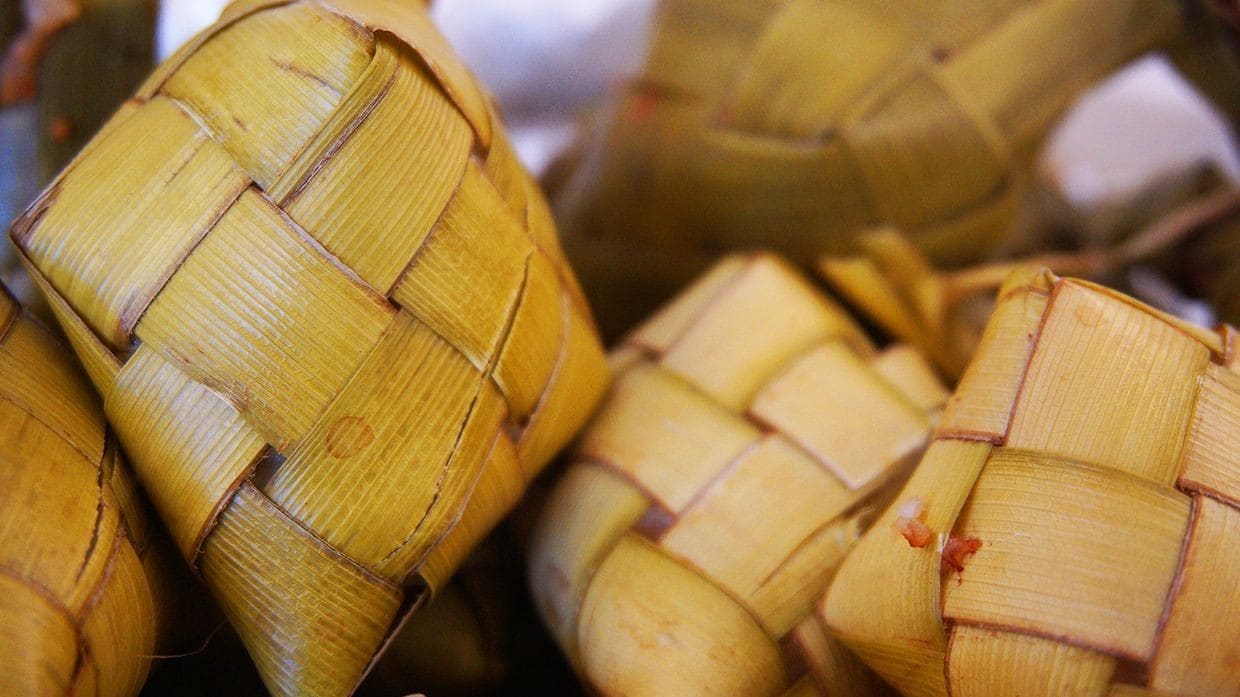
Cebu’s iconic puso is rice wrapped in young coconut leaves and boiled until fluffy. It’s portable, budget-friendly, and pairs well with anything fried and grilled. Add it as a side for dine-in, takeout, or combo meals.
7. Ngohiong
Crunchy and spiced with five-spice, ngohiong is Cebu’s take on lumpia filled with ubod and pork. It fries fast, holds texture, and works great for merienda sets, Cebu street food platters, or bar chow menus.
8. Cebu-style Siomai
Cebu’s version of siomai is famously drenched in chili garlic oil. It rose to popularity in Tisa, where stalls serve it with puso and ice-cold soft drinks, day and night. High in flavor, low in prep time, and easy to batch, this one’s a terrific addition to your merienda menu.
9. Danggit
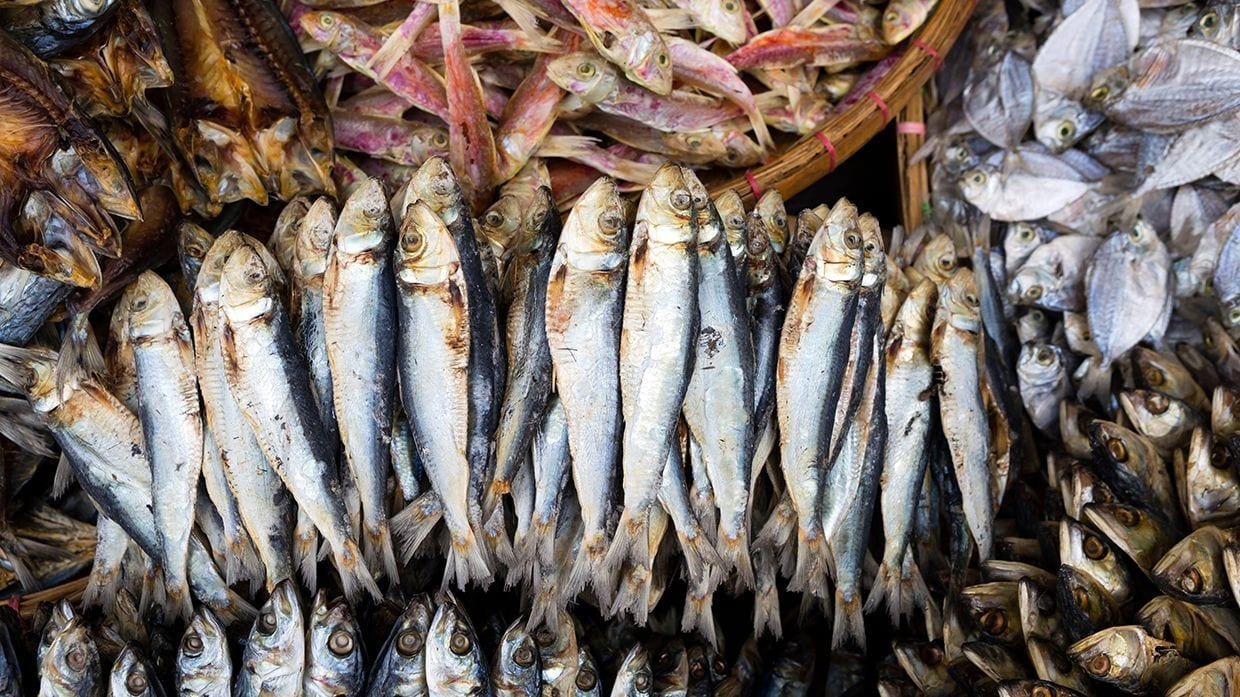
When fresh fish isn't available, dried fish delivers just as much flavor – sometimes even more. Danggit leads the pack, but Cebu also offers dried pusit, dilis, bangsi, and more. Use them as toppings for pasta or fried rice, serve them in silog meals, or build full combo meals for dine-in or delivery.
10. Binaki
Binaki is a steamed corn cake wrapped in corn husk. Soft and sweet with a light, cakey texture, it’s Cebu’s version of tamales but without the savory filling. Imagine a corn-based puto. It’s affordable, easy to portion, and a great addition to merienda menus.
11. Budbud Kabog
Budbud kabog is a soft, log-shaped suman made with millet instead of glutinous rice. Popular in Bogo City, it’s lighter, less sticky, and often served plain or with chocolate, mango, or latik. It appeals to health-conscious customers and works well as a premium Cebu food delicacy.
12. Ginabot
Ginabot is Cebu’s take on chicharon bulaklak. But unlike the neatly trimmed versions in Luzon, it's often chunkier, chewier, and even more sinful. It’s loud, greasy, and best eaten hot with spiced vinegar. Serve it as an appetizer, pulutan, or part of a Cebu street food platter.
13. Pungko-Pungko Platter
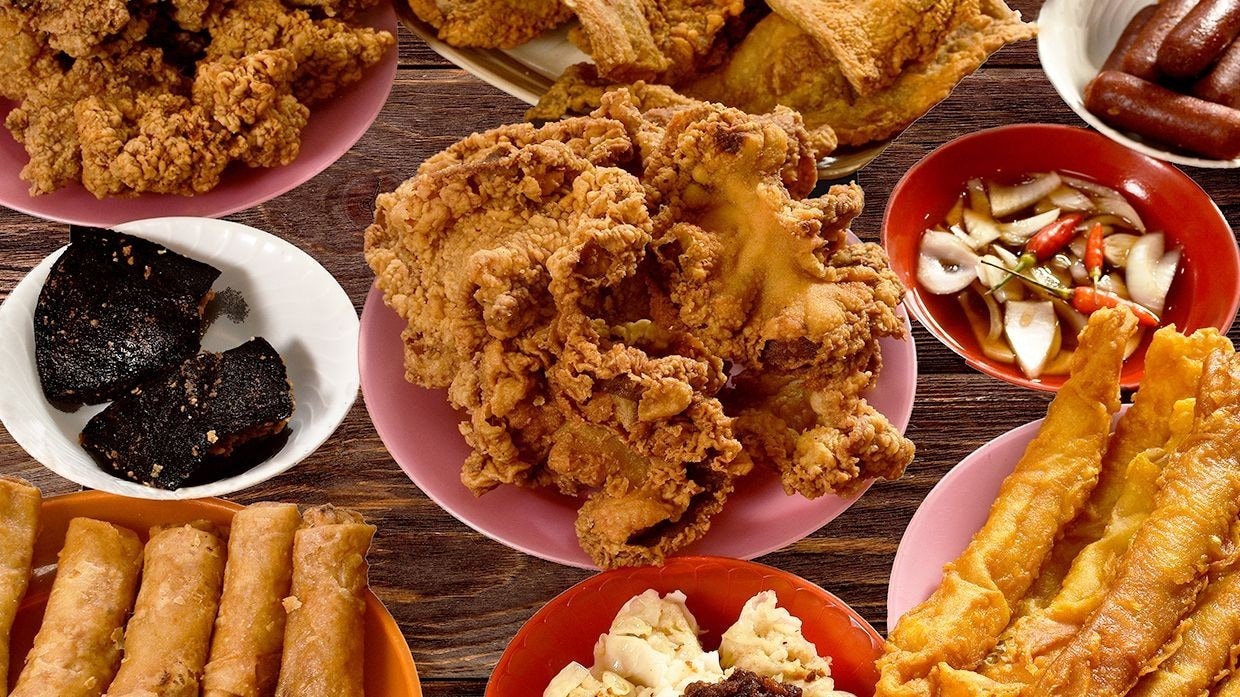
Pungko-pungko comes from the Visayan word pungko, meaning “to squat.” That’s exactly how people eat this street-side fare. A typical platter includes ginabot, ngohiong, fried longganisa, and buwad (dried fish), served with puso and vinegar. Recreate the experience in-store and bundle it as a barkada set.
14. Pochero Cebuano
Cebu’s pochero swaps the rich tomato sauce for a light, clear broth with peppercorns, chilies, corn cobs, and saba bananas. It’s a comforting beef shank soup that rivals bulalo and sinigang in heartiness. Serve it as a weekend special or centerpiece for group dining.
15. Larang
Larang is a spicy stew made with reef fish like bakasi (eel) or bariles (tuna), simmered in a deep-red broth with ginger, tomatoes, and black beans. It has a thick, almost oily finish and a punchy flavor similar to sinigang crossed with tinola but with more heat.
16. Chorizo Cebu
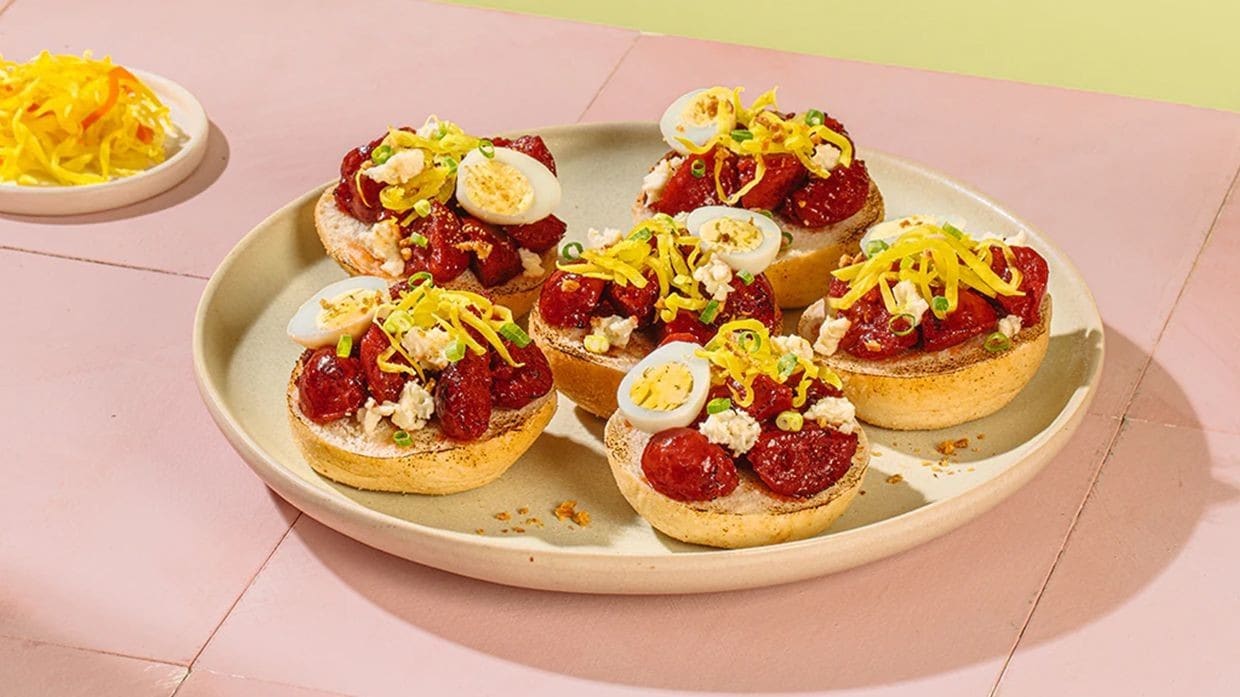
Chorizo Cebu is sweet, garlicky, and smaller than most longganisa, which makes it faster to cook and easier to portion. Unlike cured or smoked chorizo, this version comes fresh and caramelizes beautifully when pan-fried. Use it for silog meals, skewers, or reinvent it as Chorizo Cebu Pandesal Canapés with Lady’s Choice Real Mayonnaise.
17. Inun-unan
Inun-unan is a fish stew often made with bangus, galunggong, or matambaka. The heritage Cebu food uses vinegar, garlic, ginger, and a few peppercorns for clean, tangy flavors. It’s an excellent alternative to paksiw and works well for healthy lunch specials.
18. Ginisang Litob
Ginisang litob uses cockles removed from their shells and sautéed with garlic, onions, tomatoes, and ginger. It’s a hearty ulam that calls for lots of rice. Serve it on its own or pair it with other seafood stews for a full spread.
19. Balbacua
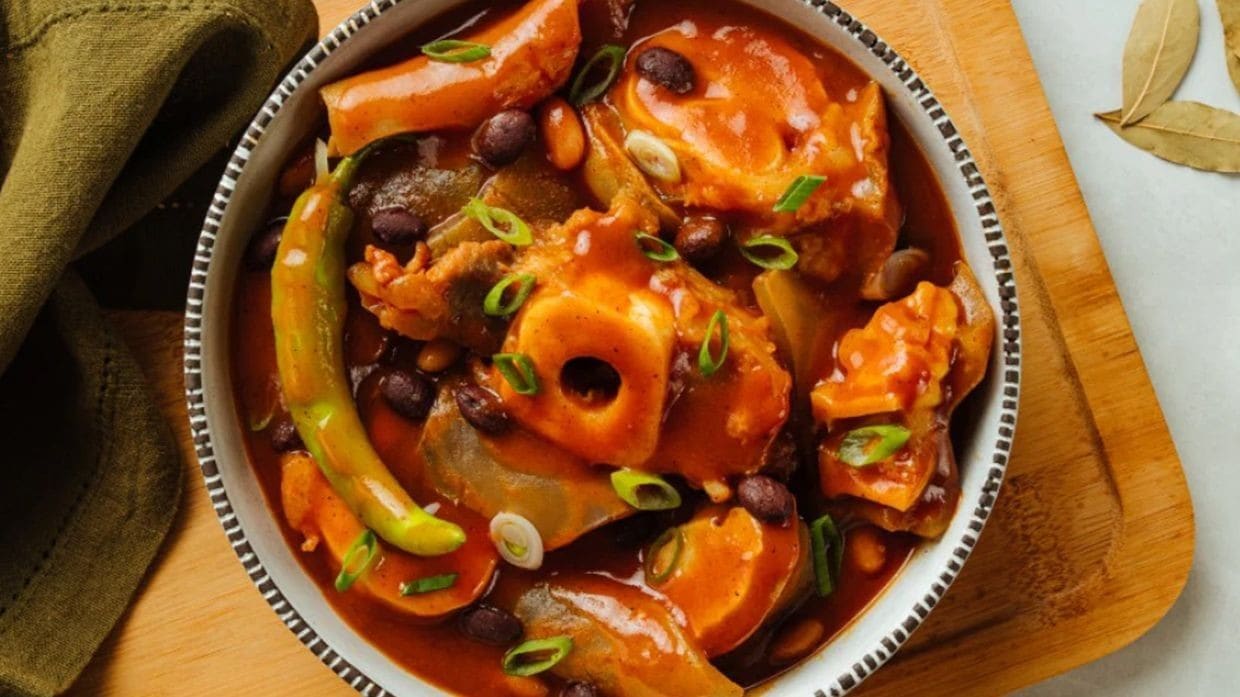
Balbacua is a long-simmered beef stew made with collagen-rich cuts like the face, skin, and feet. It’s thick, sticky, and packed with bold spices and flavored with Knorr Liquid Seasoning; similar to kare-kare but with a savory, spiced twist. It’s perfect for diners who love deep, hearty flavors.
20. Bibingka Mandaue
Bibingka Mandaue is denser and chewier than the usual fluffy rice cake. It’s often baked in small molds, wrapped in paper or banana leaves, and topped with sugar or grated coconut. It travels well, making it ideal for pasalubong shelves, bakery counters, or snack boxes.
21. Torta Cebuana
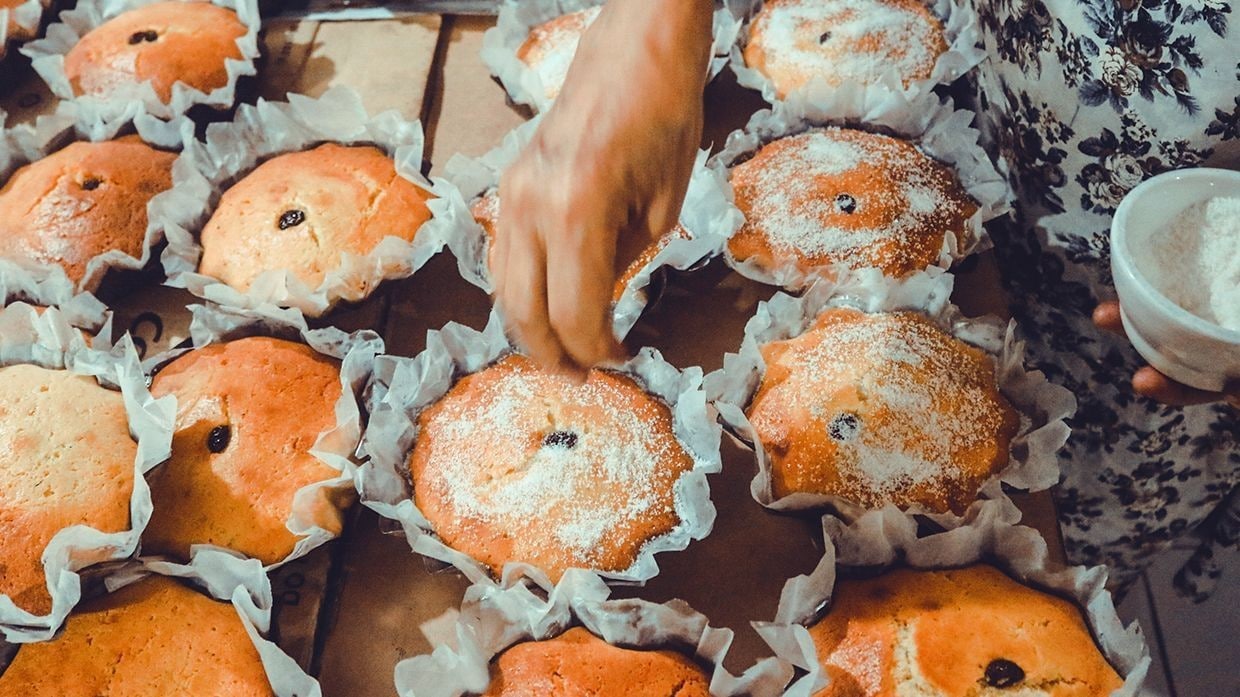
Torta Cebuana is a dense, eggy sponge cake often baked in round molds and topped with sugar or margarine. A classic Cebu food delicacy, it’s richer than mamon and made with tuba (coconut wine) for added depth. Serve it with coffee in cafés or wrap it for take-home gifts.
22. Tagaktak
Tagaktak is made from a ground rice batter, poured through a coconut shell strainer and deep-fried into crisp, net-like disks. It’s light, crunchy, and eye-catching. Its long shelf life and minimal ingredients make it ideal for retail or café displays.
23. Binignit
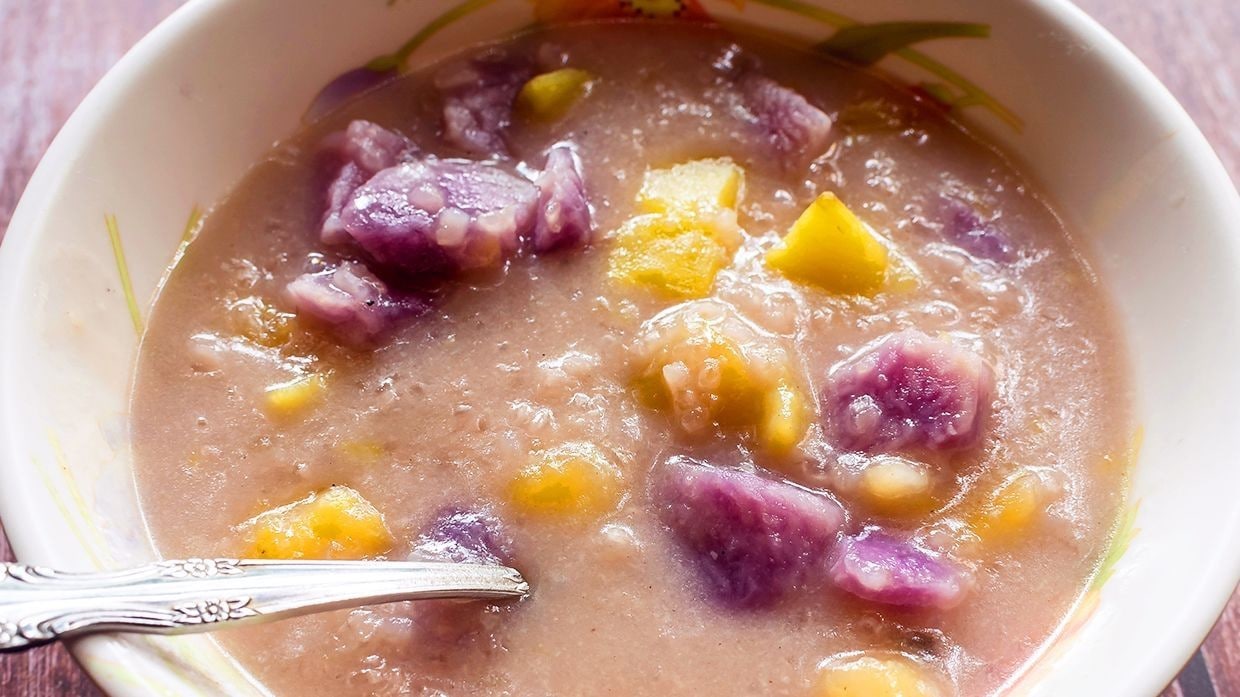
Binignit is Cebu’s version of ginataan, made with coconut milk, saba bananas, sago, taro, sweet potatoes, and bilo-bilo. It’s often thicker and darker because of slow simmering. Popular during Holy Week but loved year-round, it’s a filling treat best served warm, perfect for rainy days.
24. Sikwate
Sikwate is thick, earthy hot chocolate made by whisking tablea (pure cacao tablets) in boiling water. Unlike sweetened powdered drinks, sikwate is rich and intense, often served with sugar on the side. Best paired with kakanin, it’s a must-have for breakfast or merienda menus.
25. Puto Maya
Puto maya is sticky rice cooked in coconut milk with salt and sometimes ginger, then shaped into small logs or rounds. In Cebu, it’s traditionally paired with ripe mango and hot sikwate for breakfast or merienda. Serve it as a bundled set or a plated offering for cafes and casual dining.
Cebu food isn’t just rich in flavor; it’s rich in opportunity. These dishes bring authenticity, regional pride, and built-in diner appeal to any menu, all while aligning with the growing Culinary Roots trend. If you’re looking to stand out, drive repeat orders, and grow your food business with proven Filipino favorites, start here. Want more ideas to future-proof your menu? Download the Future Menus Report today.
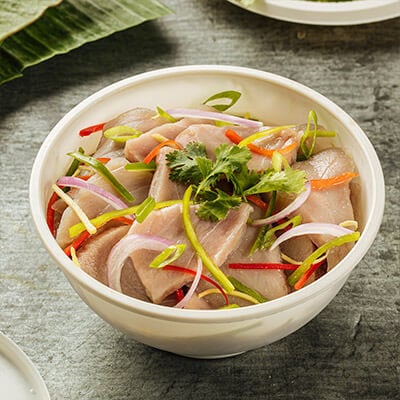

.jpg)

